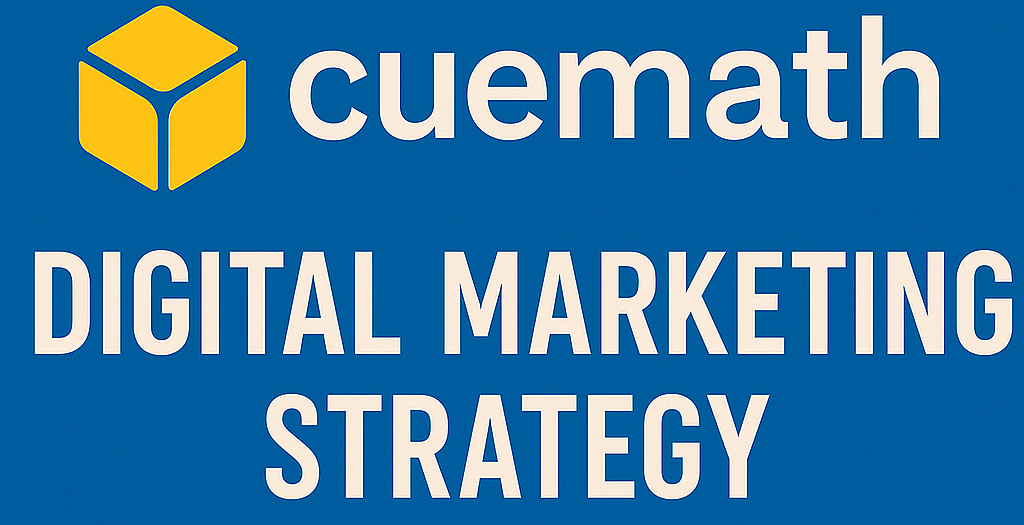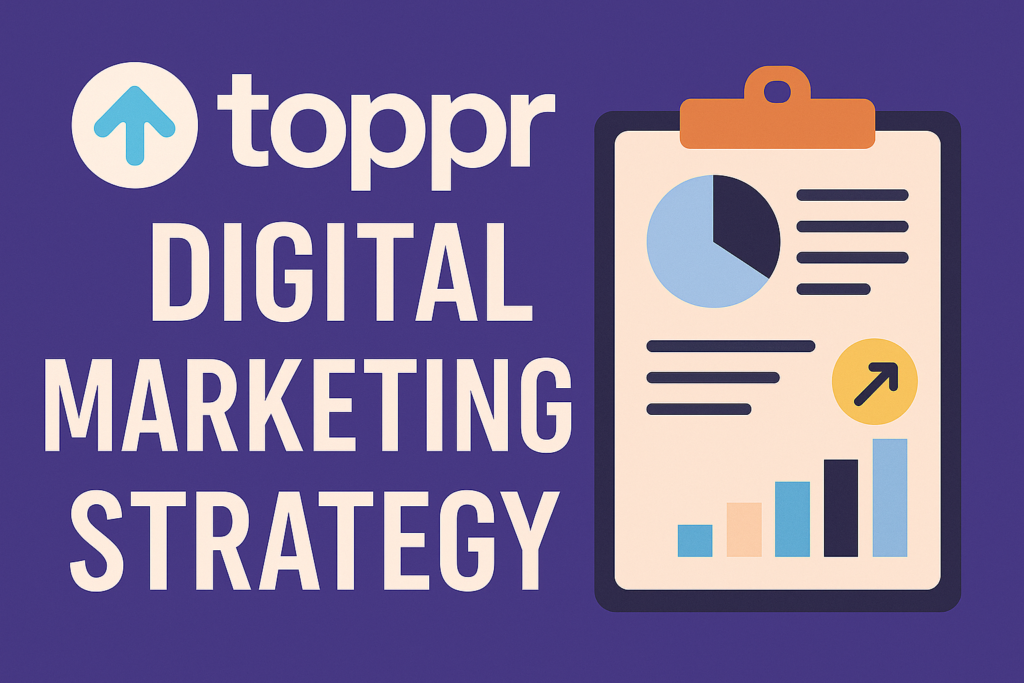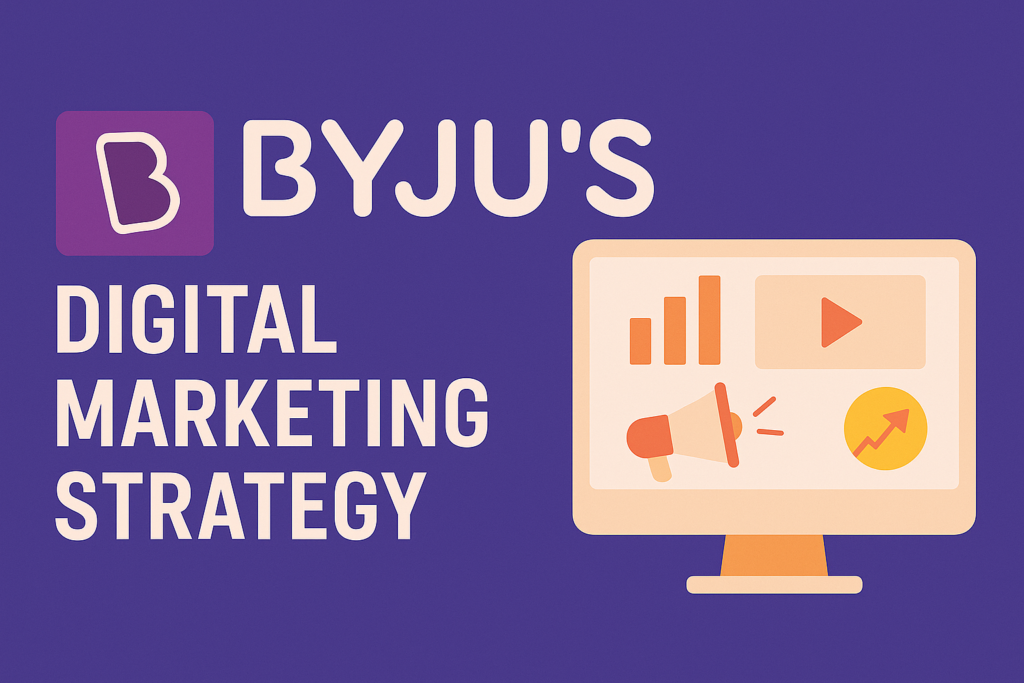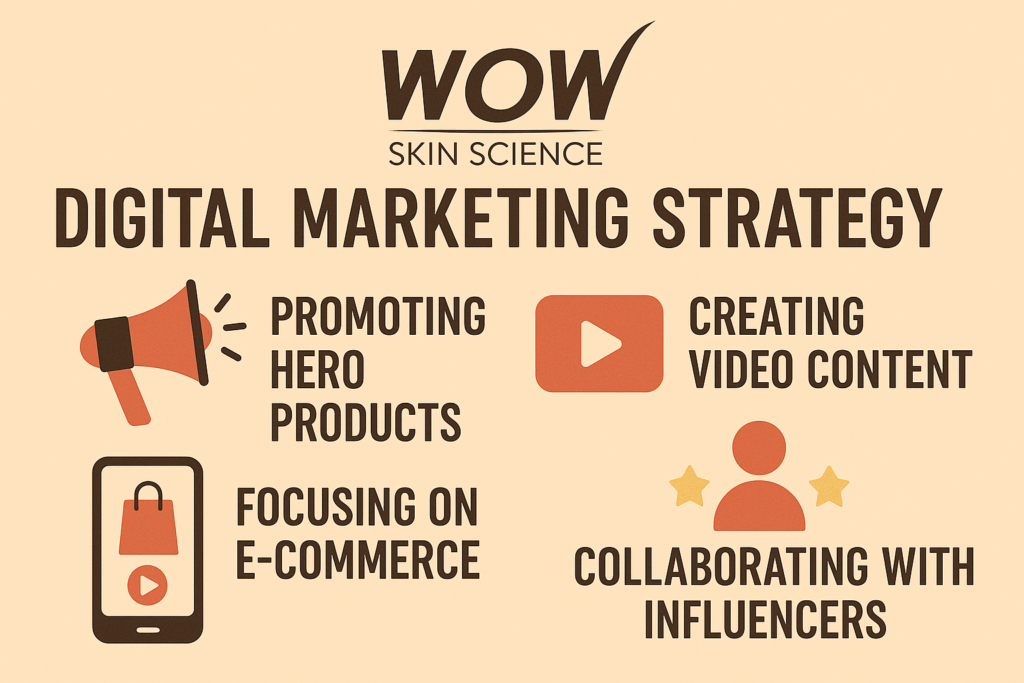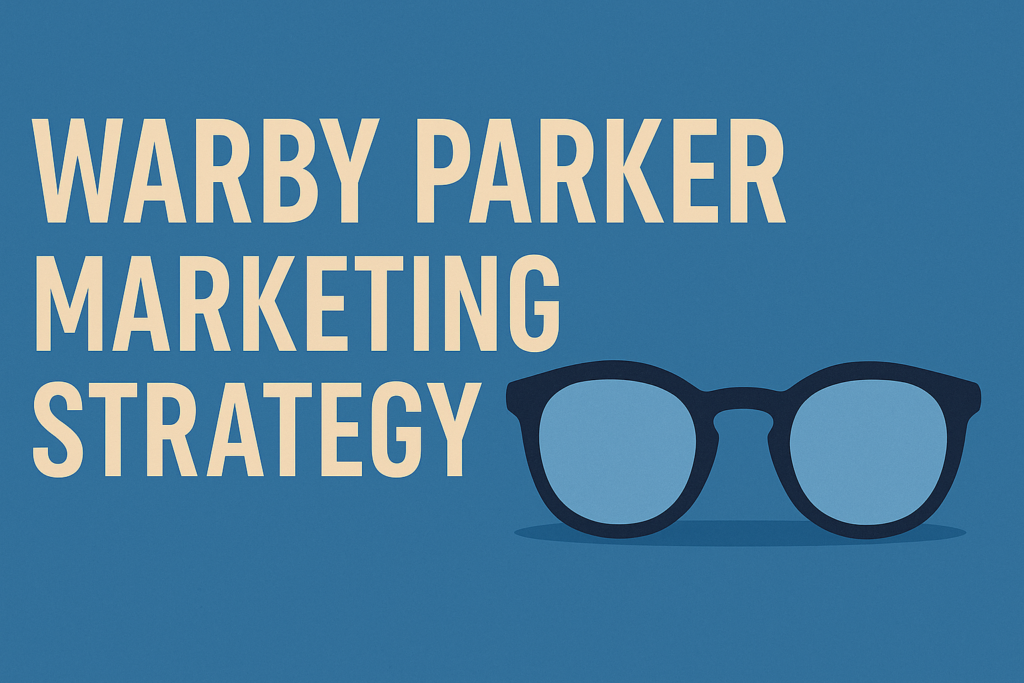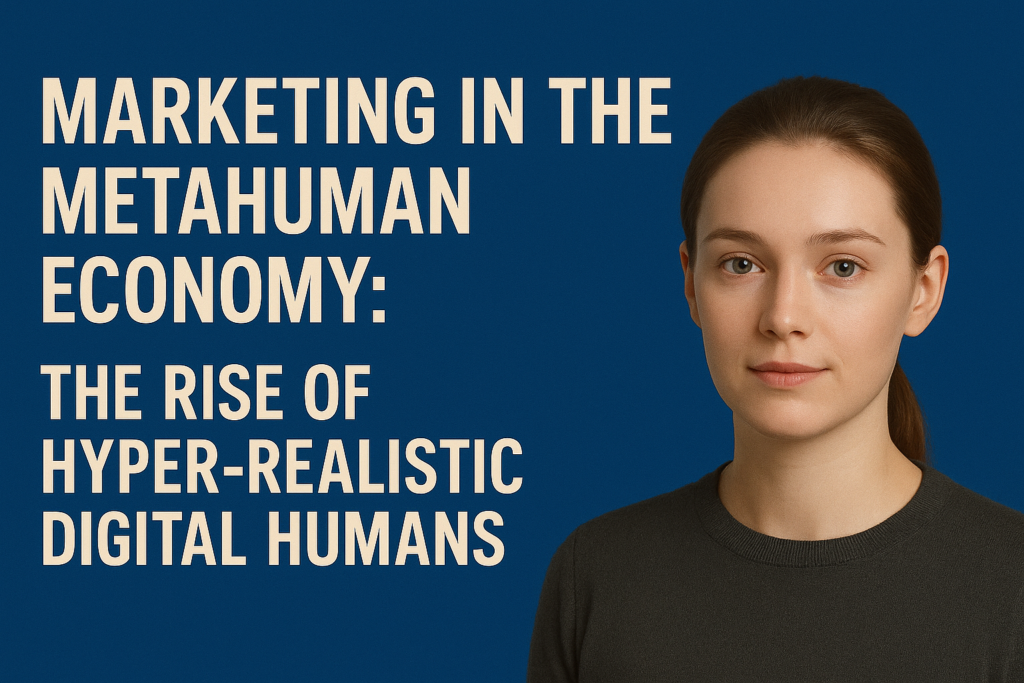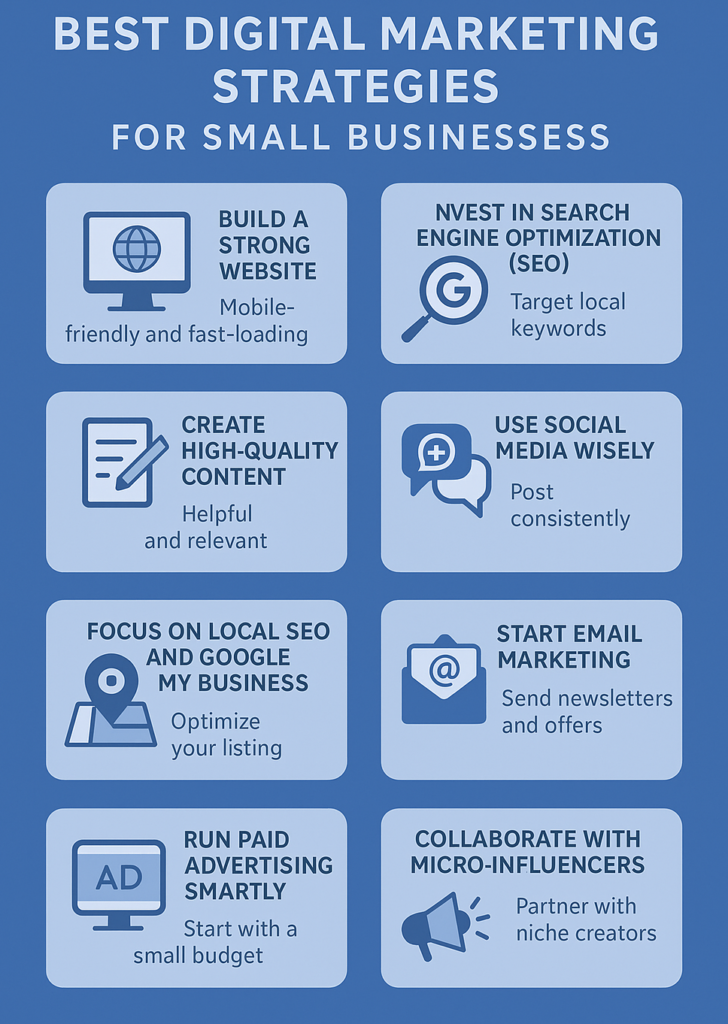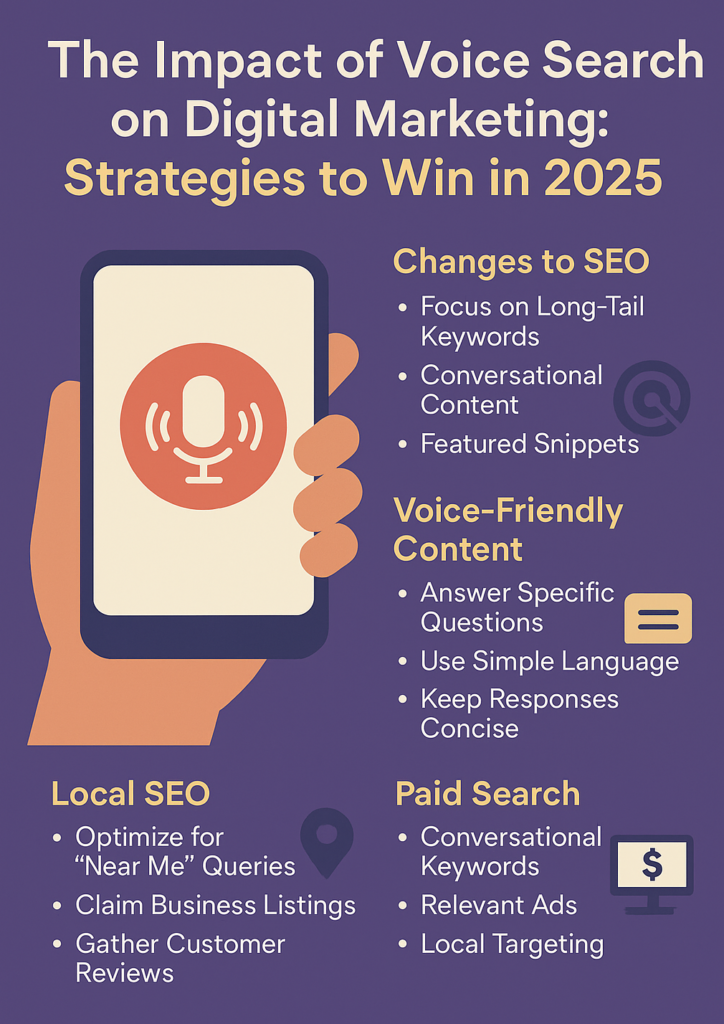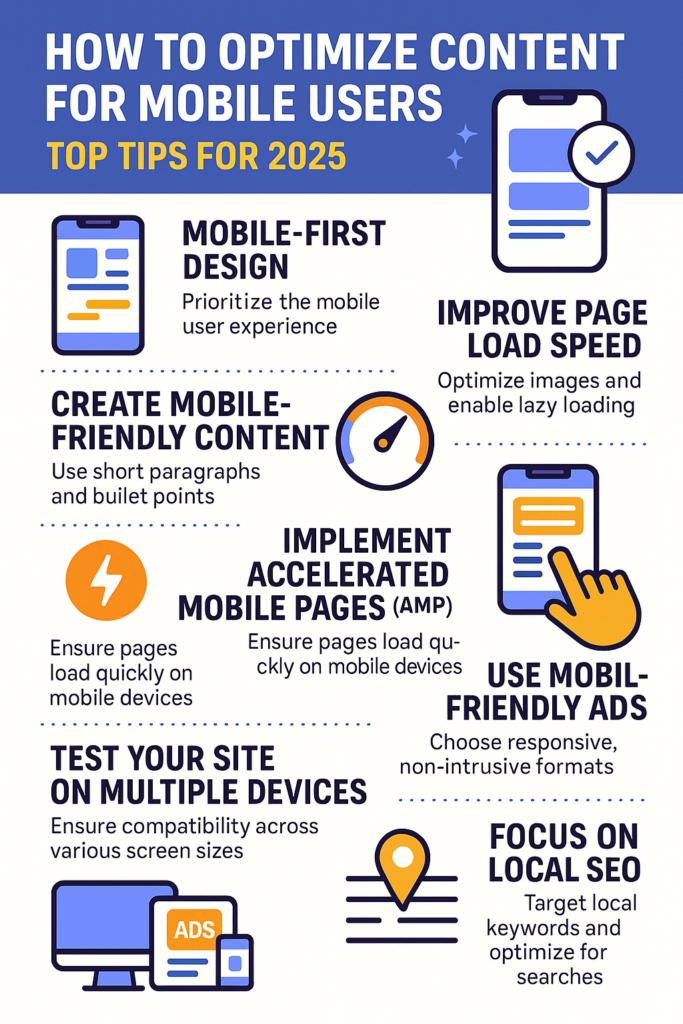Cuemath Digital Marketing Strategy: How Cuemath Reaches Global Learners with Precision
Cuemath Digital Marketing Strategy: Precision Targeting to Engage Global Learners Cuemath, one of the fastest-growing math learning platforms in the world, is not just built on strong pedagogy—it’s powered by a highly strategic digital marketing backbone. In a competitive ed-tech landscape, Cuemath has created a global presence by leveraging high-intent, performance-first marketing tactics. In this article, we’ll dissect Cuemath’s digital marketing strategy—how it identifies opportunities, personalizes messaging, and creates a funnel that converts cold traffic into loyal customers. What is Cuemath? Cuemath is a global online math platform designed for K–12 students. Offering live, tutor-led sessions, the platform focuses on developing math comprehension through conceptual learning, logical reasoning, and real-world application. With presence in over 50 countries, Cuemath combines a global curriculum with localized execution—driven largely through digital channels. Why Cuemath Digital Marketing Strategy Matters? As an ed-tech brand that is both global and mobile-first, Cuemath depends heavily on digital to create discovery, credibility, and scale. Key reasons digital marketing is central to Cuemath’s growth: Cuemath’s Digital Marketing Strategy: A Different Approach Rather than using standard playbooks, Cuemath has developed a unique five-pillar strategy that focuses on customer behavior, lifecycle, and outcomes. 1. Persona-Based Funnel Design Instead of relying on broad campaigns, Cuemath customizes its digital journey for different personas—parents of early learners, middle schoolers, and high-school students. How this is executed: This strategy ensures that each visitor sees a version of Cuemath that feels customized to their child’s needs. 2. Value-Led Web Experience Rather than relying solely on ads or social media to convert users, Cuemath treats its website as a high-performing sales asset. Core tactics used: This approach turns the website into a self-converting machine by reducing friction and increasing value. 3. Multi-Channel Lead Nurturing Cuemath doesn’t treat lead generation as the end goal. Once a lead is captured, they employ multiple digital touchpoints to nurture interest into action. Lead nurturing techniques: Instead of pushing users, this strategy educates them—turning passive interest into active commitment. 4. Global Outreach with Local Execution Cuemath has adopted a glocal (global + local) approach to its digital expansion. Its campaigns are globally aligned but locally executed. Localization strategies: This strategy builds global credibility while staying relevant to regional nuances. 5. Outcome-Driven Brand Positioning Instead of simply focusing on curriculum, Cuemath leads with outcomes: confidence, clarity, and competitive advantage. Positioning tactics: By positioning itself as an enabler of real outcomes, Cuemath builds trust faster and retains longer. Tools That Power Cuemath’s Digital Strategy To enable precision marketing at scale, Cuemath relies on a performance-driven tech stack: Use Case Tools Used Analytics & Tracking Google Analytics, Mixpanel Funnel Automation HubSpot, Clevertap Audience Research Meta Insights, SimilarWeb Web Conversion Optimization Unbounce, VWO Ad Management Meta Ads, Google Ads, LinkedIn Ads Communication & Nurturing MoEngage, Intercom, WhatsApp API Conclusion: What You Can Learn from Cuemath Cuemath’s approach reflects a modern digital marketing mindset—audience-first, data-led, and outcome-focused. It doesn’t copy other ed-tech models. It adapts to its users’ needs and market conditions while scaling globally with confidence. Key marketing takeaways: Conclusion Cuemath’s digital marketing strategy is a blueprint for how education brands can grow without depending on volume alone. With a clear focus on personalization, lifecycle marketing, and measurable impact, Cuemath has shown that it’s possible to build trust, deliver value, and scale responsibly—all through smart digital execution. For digital marketers and ed-tech founders alike, Cuemath’s journey offers one core lesson: when marketing speaks the user’s language, growth becomes inevitable. For more such content check out more article here Trendify Digital Facebook page: Trendify Digital Instagram Page: Trendify Digital LinkedIn Page: Trendify Digital
Cuemath Digital Marketing Strategy: How Cuemath Reaches Global Learners with Precision Read More »
Digital Marketing